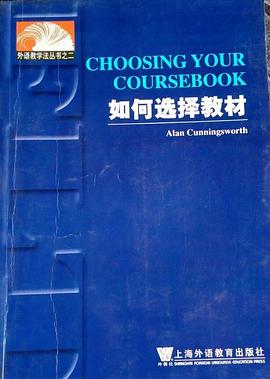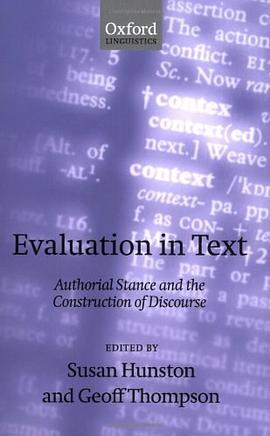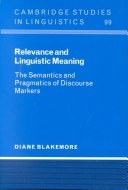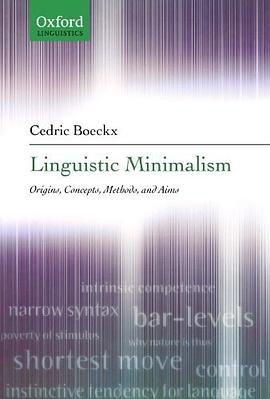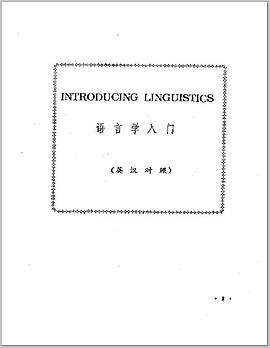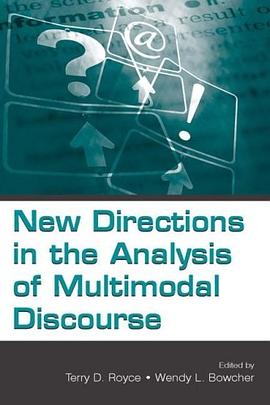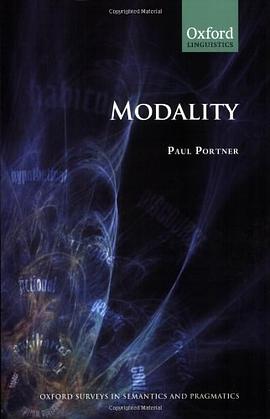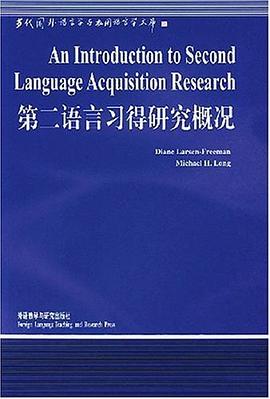Methods in Cognitive Linguistics......Page 2
Editorial page......Page 3
Title page......Page 4
LCC data......Page 5
dedication page......Page 6
Table of contents......Page 7
Contributors......Page 9
Acknowledgements......Page 10
1. Introduction......Page 12
2. Introspection......Page 13
2.1. First condition of attending......Page 14
2.3. Third condition of attending......Page 17
3. Audio- and videographic analysis......Page 18
4. Corpus analysis......Page 19
5. Experimental method......Page 20
References......Page 22
1. Introduction......Page 23
2.1. Methods and motivations......Page 24
2.2. Corpus and discourse analysis......Page 25
2.3. Sign language and gesture......Page 26
2.4. Behavioral experiments......Page 27
2.5. Neural approaches......Page 29
Part I. Methods and motivations......Page 30
1. Introduction......Page 31
2. The problem with introspection......Page 32
3. Do cognitive linguists use empirical methods?......Page 34
4. Challenges for cognitive linguistics......Page 36
5.1. Mental imagery......Page 38
5.2. Context-sensitive judgments about metaphorical meaning......Page 40
5.3. Embodied intuitions and metaphorical inferences......Page 41
5.4. Not all methods work!......Page 42
6. Bodily movement and metaphor comprehension......Page 43
7. Conclusion: Cognitive linguists need not do experiments......Page 45
References......Page 46
1. Introduction......Page 48
2. Language, cognition, and social interaction: Cognitive-functionalist approaches to discourse......Page 51
2.1. Emergent Grammar......Page 52
2.2. Discourse and Grammar......Page 53
2.3. Social Interaction and Grammar......Page 57
2.4. Different degrees of contextualization: Discourse pragmatics and ethnography......Page 59
2.5. Language and the body: Multimodal communication and sign language discourse......Page 61
2.6. Mediated situatedness: A look at recent accounts of metaphor in (public) written discourse......Page 62
3.1. Corpus-based research for the cognitive linguist......Page 64
3.2. Terminology......Page 67
3.3. Annotated list of popular corpora, plus a brief caveat......Page 69
3.4. Summary......Page 72
4. Concluding remarks......Page 73
References......Page 74
2. Experimenting with experimentation......Page 82
3. Reading the research article......Page 83
3.4. Year of publication......Page 84
3.7. Methods......Page 85
3.8. Results......Page 86
4. Other types of articles......Page 87
5. The scientific method......Page 88
6. Conducting research......Page 89
6.1. Part one: The introduction - the thinking and reading steps......Page 90
6.2. Part two: The practical steps......Page 96
7. Then there is the rest of the planet…......Page 107
7.1. Types of human groupings......Page 108
7.2. Linguistic ability......Page 110
8.1. The evaluative bias of language......Page 111
8.4. The assimilation bias......Page 112
8.6. Correlation does not prove causation......Page 113
References......Page 114
1. Introduction......Page 116
2. What counts as "empirical'' in cognitive linguistics?......Page 117
3. Descriptive vs. inferential statistics......Page 119
4. Variables and experiments......Page 120
5.1. Nominal scale......Page 123
5.3. Interval measurements......Page 124
6. Samples and populations......Page 125
7. Probabilities and the logic of hypothesis testing......Page 127
8.1. t-test, a parametric test......Page 133
8.2. Analysis of Variance (ANOVA), a parametric test......Page 137
8.3. chi2 (Chi-Square), a non-parametric test......Page 140
9. Epilogue......Page 144
References......Page 146
Part II. Corpus and discourse analysis......Page 148
1. Introduction......Page 149
2. Conversation and pronouns: Linguistic approaches to discourse......Page 152
3. Discourse and interactional accommodation: CCCA......Page 163
4. Interactional patterns of international students: Triangulation......Page 168
5. Conclusion: Discourse and cognition......Page 172
References......Page 174
1. Introduction......Page 178
2. The case......Page 180
3.1. The evidence revisited: A regression analysis of four factors......Page 181
3.2. Materials......Page 182
3.3. Dependent and independent variables......Page 183
3.4. Results and logistic regression analysis......Page 185
4. Reference points and (in)accessibility markers......Page 189
5. Corpus parameters of er's inaccessibility marking function......Page 194
6. Conclusion......Page 196
References......Page 197
Part III. Sign language and gesture......Page 199
1.1. Linguistic research on signed languages......Page 200
1.2. Cognitive linguistics......Page 202
2. Signed language research in a cognitive linguistics framework......Page 203
2.1. Iconicity......Page 204
2.2. Metaphor......Page 208
2.3. Mental spaces and blends......Page 211
2.4. Gesture and grammaticization......Page 212
2.5. Evolution of language......Page 215
3. Empirical methods in signed language research......Page 218
3.1. Recording and storage of signed language data......Page 219
3.2. Transcription......Page 220
3.3. Historical......Page 221
3.5. Corpus......Page 222
3.6. Experimental......Page 223
3.7. Narrative......Page 224
References......Page 225
1. Introduction......Page 230
2. Gesture as a back door to cognition......Page 232
3. Transcription......Page 235
4. Gesture, iconicity and levels of abstraction......Page 236
5. Gesture and levels of content......Page 241
6. Gesture, viewpoint and deixis......Page 244
7. Conclusions......Page 248
References......Page 249
1. Introduction......Page 254
2. Preliminary considerations: Motivations, subject matter, and genre......Page 257
3. Equipment, physical setting, speaker activities, and videotaping......Page 259
4. Assessing and editing video data......Page 260
5. Discourse transcription......Page 261
6. Transcribing gesture-speech synchrony......Page 263
7. Physical gesture features......Page 266
7.2. Location in gesture space......Page 267
8. Semantic and pragmatic functions of gestures......Page 269
References......Page 272
Part IV. Behavioral research......Page 278
1. Introduction......Page 279
2.1. Description of the method and illustrative studies......Page 282
2.2. Critical design issues......Page 284
2.3. Strengths and weaknesses......Page 286
3.1. Description of the method and illustrative studies......Page 287
3.2. Critical design issues......Page 289
3.3. Strengths and weaknesses......Page 291
4.1. Description of the method and illustrative studies......Page 292
4.2. Critical design issues......Page 293
4.3. Strengths and weaknesses......Page 295
5.1. Description of the method and illustrative studies......Page 296
5.3. Strengths and weaknesses......Page 297
6.1. Description of the method and illustrative studies......Page 299
6.3. Strengths and weaknesses......Page 300
7. Combining experimental methods: Converging measures......Page 301
References......Page 302
1. Simulation semantics and language understanding......Page 306
2. Compatibility effects......Page 308
2.1. Implied object orientation and shape......Page 309
2.2. The action-sentence compatibility effect......Page 311
2.3. Design issues for compatibility methods......Page 313
3. Interference effects......Page 314
3.1. Visual interference effects......Page 315
3.2. Motor interference effects......Page 318
4. Simulation time effects......Page 323
5. Neural imaging......Page 325
6. Conclusions......Page 327
References......Page 328
1. Introduction......Page 331
2.1. Rationale......Page 332
2.2. Examples......Page 333
2.3. Further considerations......Page 334
3.2. Examples......Page 335
3.3. Further considerations......Page 337
4.2. Examples......Page 338
5.2. Examples......Page 340
5.3. Further considerations......Page 342
6.2. Examples......Page 343
7.1. Rationale......Page 345
7.2. Examples......Page 346
8. Summary......Page 348
References......Page 349
1. The role of eye movements in the visual system......Page 352
2. The value of eye movements to cognitive psychologists......Page 353
3. Perception and action......Page 354
4. Cognition......Page 355
5. Language......Page 358
6. Eye movement methodology......Page 361
6.1. Choice of eyetracker......Page 362
6.2. Calibration......Page 365
6.5. Participant ease......Page 366
7. Conclusion......Page 367
References......Page 368
1. Introduction......Page 374
2.1. Rationale......Page 375
2.2. Procedure......Page 376
2.3. Relevance of habituation to the study of cognitive linguistics......Page 378
3.1. Rationale......Page 379
3.2. Procedure......Page 380
4.1. The problem of verb learning......Page 383
4.2. The cognitive linguistic approach to the problem of verb learning......Page 385
4.3. Attention to potential verb referents in nonlinguistic events......Page 386
4.4. The categorization of path and manner in motion events......Page 387
4.5. Use of universal and language-specific cues in verb learning......Page 389
5. Conclusion......Page 391
References......Page 392
1. Introduction......Page 396
2. Two theoretical approaches to morphological processing......Page 397
3. Input frequencies and probabilities in linguistic processing......Page 401
4. Real and nonce verb generation task......Page 403
4.1. Nonce verb generation task with adult L1 speakers of Italian: The role of phonological similarity......Page 404
4.2. Real and nonce verb generation task with adult L1 and L2 speakers of Russian and L1 children: The role of type frequency......Page 406
5.1. Lexical decision task with adult native speakers of English......Page 415
5.2. Lexical decision task with adult native speakers of Russian......Page 417
6. General conclusions......Page 424
References......Page 425
Part V. Neural approaches......Page 428
1. Introduction......Page 429
2. EEG and ERPs......Page 430
2.1. EEG......Page 431
2.2. ERPs......Page 432
2.3. ERP components......Page 434
3. Language sensitive ERPs......Page 435
3.1. N400......Page 436
3.4. P600......Page 438
3.5. Slow cortical potentials......Page 439
4.1. Frames......Page 440
4.2. Metaphor......Page 443
4.3. Iconicity......Page 444
5. Considerations on ERP research......Page 445
5.1. Constraints on ERP research......Page 446
5.2. Future directions......Page 447
References......Page 449
1. Introduction......Page 453
2.1. How to garner empirical support for posited representations......Page 454
2.2. Some common characteristics of cognitive representations......Page 455
3.1. The role of space in representing structure......Page 458
4.1. Computational approach: The Chorus of Phrases and Construction Grammar......Page 459
4.2. Algorithmic and implementational issues: The ADIOS model......Page 461
4.3. Select open questions......Page 464
5. Conclusions......Page 465
References......Page 466
Appendix A: Some useful mathematical concepts......Page 470
Appendix B: Mathematical tools for computational cognitive linguistics......Page 473
Index......Page 475
The series Human Cognitive Processing......Page 482
· · · · · · (
收起)
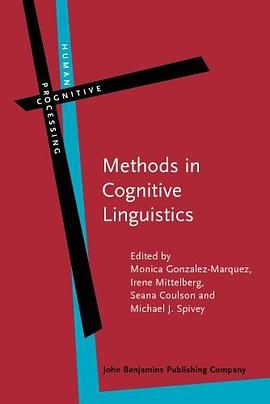




 Choosing Your Coursebook (Handbooks for the English Classroom) 2025 pdf epub mobi 電子書 下載
Choosing Your Coursebook (Handbooks for the English Classroom) 2025 pdf epub mobi 電子書 下載 Logic in Grammar 2025 pdf epub mobi 電子書 下載
Logic in Grammar 2025 pdf epub mobi 電子書 下載 Analysing English Sentences 2025 pdf epub mobi 電子書 下載
Analysing English Sentences 2025 pdf epub mobi 電子書 下載 A Dictionary of Linguistics and Phonetics 2025 pdf epub mobi 電子書 下載
A Dictionary of Linguistics and Phonetics 2025 pdf epub mobi 電子書 下載 Evaluation in Text 2025 pdf epub mobi 電子書 下載
Evaluation in Text 2025 pdf epub mobi 電子書 下載 Relevance and Linguistic Meaning 2025 pdf epub mobi 電子書 下載
Relevance and Linguistic Meaning 2025 pdf epub mobi 電子書 下載 Linguistic Minimalism 2025 pdf epub mobi 電子書 下載
Linguistic Minimalism 2025 pdf epub mobi 電子書 下載 Generative Phonology 2025 pdf epub mobi 電子書 下載
Generative Phonology 2025 pdf epub mobi 電子書 下載 語言學入門 2025 pdf epub mobi 電子書 下載
語言學入門 2025 pdf epub mobi 電子書 下載 New Directions in the Analysis of Multimodal Discourse 2025 pdf epub mobi 電子書 下載
New Directions in the Analysis of Multimodal Discourse 2025 pdf epub mobi 電子書 下載 英語作為第二語言的課堂教學 2025 pdf epub mobi 電子書 下載
英語作為第二語言的課堂教學 2025 pdf epub mobi 電子書 下載 許國璋論語言 2025 pdf epub mobi 電子書 下載
許國璋論語言 2025 pdf epub mobi 電子書 下載 人類語言學入門 2025 pdf epub mobi 電子書 下載
人類語言學入門 2025 pdf epub mobi 電子書 下載 講授第二語言寫作 2025 pdf epub mobi 電子書 下載
講授第二語言寫作 2025 pdf epub mobi 電子書 下載 梵漢大辭典 2025 pdf epub mobi 電子書 下載
梵漢大辭典 2025 pdf epub mobi 電子書 下載 Modality 2025 pdf epub mobi 電子書 下載
Modality 2025 pdf epub mobi 電子書 下載 Introduction to the Grammar of English 2025 pdf epub mobi 電子書 下載
Introduction to the Grammar of English 2025 pdf epub mobi 電子書 下載 第二語言習得研究概況 2025 pdf epub mobi 電子書 下載
第二語言習得研究概況 2025 pdf epub mobi 電子書 下載 Language Contact 2025 pdf epub mobi 電子書 下載
Language Contact 2025 pdf epub mobi 電子書 下載 Intonational Phonology (Cambridge Studies in Linguistics) 2025 pdf epub mobi 電子書 下載
Intonational Phonology (Cambridge Studies in Linguistics) 2025 pdf epub mobi 電子書 下載

